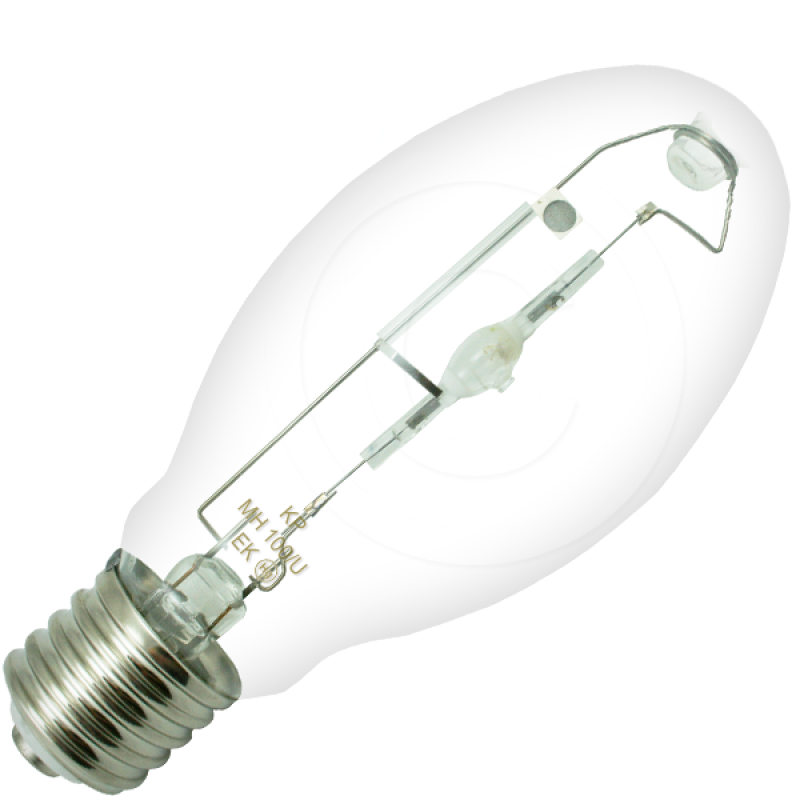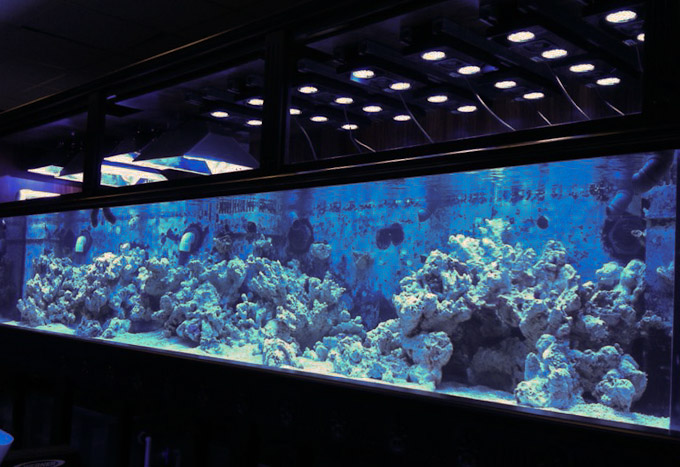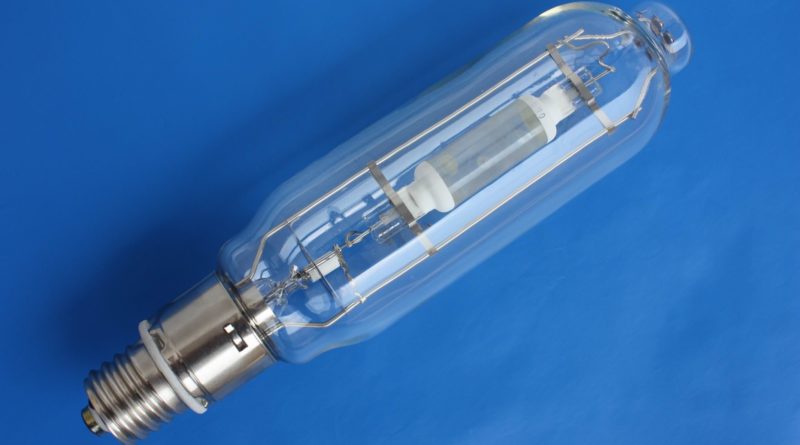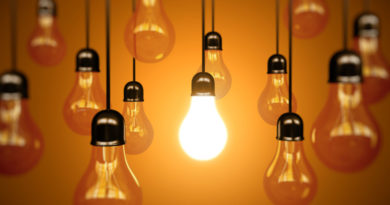METAL HALIDE LAMP | An Architect Explains
Metal Halide Lamps are gas-discharge tubes like the fluorescent tubelight and the CFLs, in which an electric arc is discharged through a mixture of gases – generally a combination of mercury vapour, argon and halides like iodides or bromides of different metals – to produce a high light output for their size, making them a compact, powerful, and efficient light source.

The main difference between a Metal Halide (MH) Lamp and a CFL is that the intensity of discharge in a MH Lamp is far higher and the arc length is far smaller so as to almost be considered a point. This allows manufacturers to design accurate optic trays, diffusers and lenses for a variety of applications. To help you in deciding the suitability of using Metal Halide lamps in your home, as an Architect, I have listed their advantages, disadvantages and usage under the following headings:
What are the advantages of Metal Halide lamps?
Where are Metal Halide lamps used?
What are the disadvantages of Metal Halide lamps?
WHAT ARE THE ADVANTAGES OF METAL HALIDE LAMPS OVER OTHER LAMPS?
Colour rendering properties: Metal Halide lamps have excellent colour rendering properties, Ra – 85 to 96, and are comparable to Incandescent bulbs (Ra of 100) in this respect.
Efficiency: They are very efficient, producing from 60 to 115 lumens per watt depending on the type of Metal Halide.
Wattage range: They are available in a wide wattage range that starts at 20W and goes upto 2000W! This allows their use in every likely application segment.
Life: The lamp life is quite high in comparison to Incandescents at 9000 hours, but still much less than the 20,000 hours of Fluorescent Tube lights and 15,000 hours of CFLs.

WHERE ARE METAL HALIDE LAMPS USED?
The advantages of Metal Halide lamps listed above make them an attractive option for:
Applications in Interiors – for retail, art etc. as well as for exterior illumination of buildings,monuments and landscapes, street lighting and floodlighting of large arenas, in athletic facilities and sports venues.
UV light – Applications which require specific UV or blue-frequency light.
Professional lighting – Another widespread use for such lamps is in professional lighting fixtures.
Film Projectors – Most LCD, DLP, and film projectors use metal halide lamps as their light source.
Indoor plants and reefs – Due to their wide spectrum, they are used for indoor growing applications and are quite popular with reef aquarists, who need a high intensity light source for their corals.

WHAT ARE THE DISADVANTAGES OF METAL HALIDE LAMPS?
Initial cost: The initial cost of ownership is quite high: at Rs 1000 for a 35W lamp and Rs 1600 for the electronic ballast.
Control: They are not very easy to control and cannot be dimmed as of now.
Ignition time: They take a long time to ignite, almost 4 minutes and if switched off and on again, they take almost 6 minutes to re-ignite, as they have to first cool down.
Disposal: They contain mercury and issue of disposal should be addressed satisfactorily.
Due to the cost factor and time taken to ignite, the Metal Halides still don’t find use in households. Since they take a long time to re-ignite, they are unsuitable in places where rapid re-strike is required like in a factory where power supply is constantly switched between normal and generator supply.
Metal Halides are gas-discharge lamps like fluorescent tubelights and CFLs. Similarly, Sodium Vapour lamps are gas-discharge lamps that last very long and have high efficiency. Read about them here:
If you found this post useful, I would really love it if you pin it or share it. I have not blocked the site just because your ad blocker is switched on because I hope my content will be useful to you. But I am able to run this site only because of the ads. So I will be obliged if you turn off your ad blocker. Thank you!
Related Topics:


